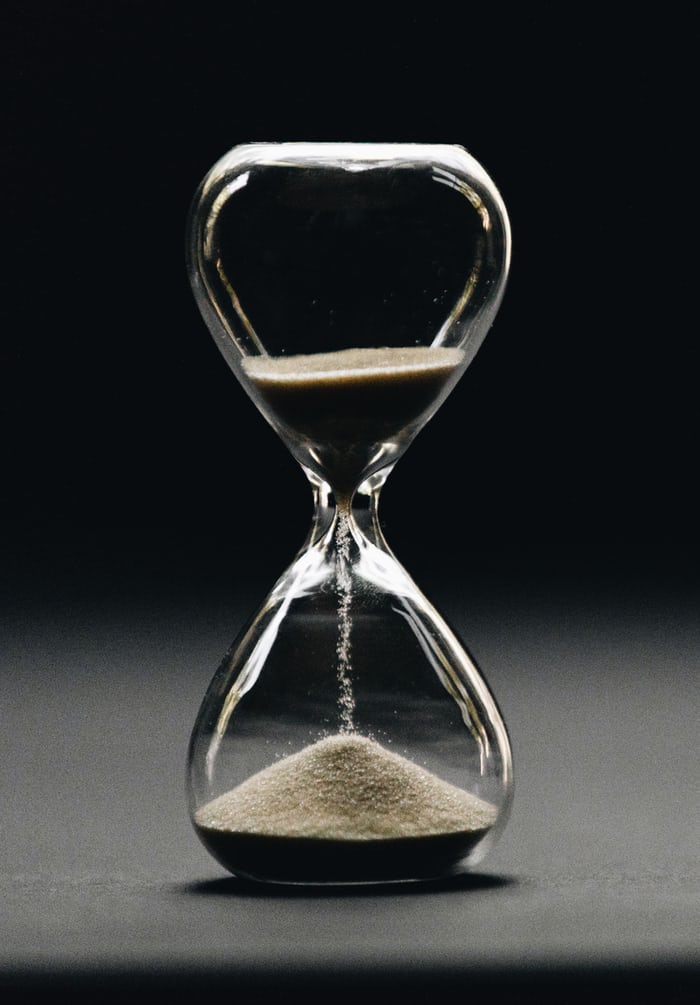
Ut Eruas et Destruas,
Ut Plantes et Aedifices
Jeremiah 1:10
The word “building” is both a noun and a verb. As architects, we know the noun. We, of course, draw buildings. As a verb, we also build trust, build relationships, and we build communities: both physical and emotional. By its nature, building is a slow process. Building takes time. The longer the tension builds, however, the greater the impact typically is. For example, the issue you are now opening up and reading took two years to build: from project proposal to posting of the call, essay submission, peer review, editing, and production. Many people were involved, from editors, authors, and reviewers to ACSA staff, designers, and copyeditors, as well as the people who physically printed the issue. We hope that there is an impact, something that many in academia talk about. Still, scholarly impact is hard to measure and, relative to our twenty-four-hour news cycle, it is even more challenging for scholarship to compete with Instagram, Twitter, and other forms of social media. And given all that has gone on in the past year, there is a lot to discuss. And, as an Editorial Board, we have struggled with how responsive we can be to current events. Should we do an issue on BLM or the pandemic? When printed two years from now, what will be the impact?
I am writing this introduction in Arizona at the end of October 2020, not knowing what will happen in our national elections next week. This introduction will be published in March 2021, a full five months from now. Who knows what will happen next? As a scholarly journal, how do we respond to a world that seems to change daily? Still, we know that to be silent is to be complicit. The building of discourse, the building of a board, and the building of buildings each take time. And each is inherently political. As a journal, it is nearly impossible to be reactive and have any impact. Still, we can take a long view and try to build discourse, communities, and even buildings that are inherently just.
Years ago, as an Editorial Board, we decided to be more timeless than timely. Let me try to explain. A friend and mentor in graduate school, Martin Bressani, once told me, “good scholarship stands above everything else.” We were in a discussion about academic politics and scholarly camps. The point he was making is that the sometimes silly politics within our programs will go away, and good scholarship will remain. As a young academic, I should focus on producing scholarship that will not be of the present moment but will stand up over time. In short, timeless. Our goal as an Editorial Board has been to produce themed issues that contain essays that will be read beyond the time in between issues. While there are essays over the past seventy-five years of the journal that very much seem “of their time,” I do know that the journal has built, ever so slowly, a body of scholarship that is indeed timeless.
The Editorial Board has the luxury of rotating new members on and off every year. Here, we can be timelier. Each member serves a three-year term, which means that the board is different every year and completely new after a three-year cycle. The executive editor has a longer term and can provide the institutional memory that is needed with a board that is constantly evolving. Over the past decade we have been intentional in bringing a diverse set of voices to the proverbial table. It has taken a lot of time, but we have collectively built a community of scholars and educators who have contributed to the journal in ways that were not always immediate. Most importantly, perhaps, we instituted the “Grace La Rule” for board membership: in short, “no stinkers allowed.”
In the late eighteenth century an etching of Carlo Lodoli, the provocative Venetian professor of architecture, was printed with a partial quote from Jeremiah: Ut Eruas et Destruas, Ut Plantes et Aedifices (in order that you may root out and destroy, in order that you should plant and build). It was a call to be critical of history: to not accept it blindly. Rather, in order to build, we need to overcome the past that was handed down to us. Given all that has been exposed this past year, I would propose, this is the responsibility of a scholarly journal such as JAE: building discourse that expands and overturns what we consider the canon; publishing authors who are not always heard or seen; and creating space in the Editorial Board that is inclusive. Now’s the time.
Continue Reading:






